Find all the best Museums and Heritage sites now with us….
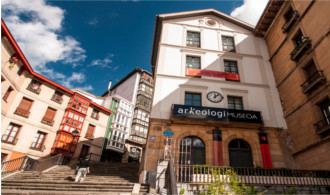 Bizkaia museum of archeology: Small archaeological museum documenting the history of Vizcaya, or Basque Country. |
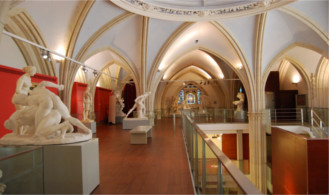 Reproductions museum bilbao was created in 1927, the purpose of the museum is to compile classic pieces of art for the enjoyment of the local people. |
|
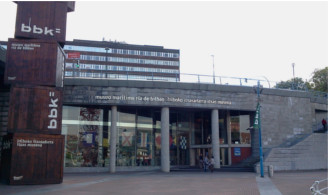 Maritime Museum Museum about shipbuilding & the city’s reinvention of its port in the former Euskalduna shipyard. Address: Ramón de la Sota Kaia, 1, 48011 Bilbo, Bizkaia, Spain |
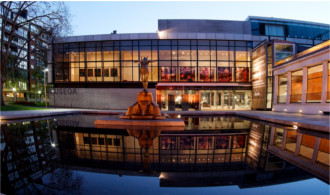 Bilbao Fine Arts Museum is an art museum located in the city of Bilbao, Spain. The building of the museum is located entirely inside the city’s Doña Casilda Iturrizar park |
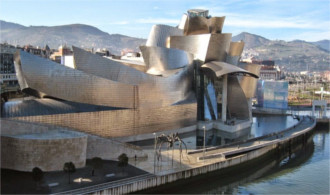 Guggenheim Museum Bilbao is a museum of modern and contemporary art designed by Canadian-American architect Frank Gehry, and located in Bilbao, Basque Country, Spain. |
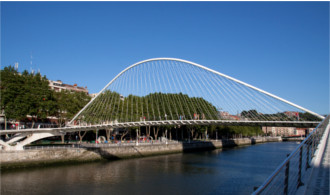 Zubizuri means white bridge, it is also called Campo Volantin Footbridge. The bridge crosses the river Nervion in Bilbao in northern Spain. Zubizuri are designed by the Spanish architect and engineer Santiego Calatrava, who also designed the airport in Bilbao and many other bridges in the world. At night, the bridge has an elegant lighting in the bridge deck, which is made of glass, that lights up the bridge. Zubizuri was opened to pedestrian and bicycle traffic in 1997, same time the Guggenheim Museum opened. |
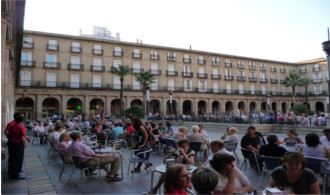 The Plaza Nueva or Plaza Barria (New Square) of Bilbao is a monumental square of Neoclassical style built in 1821. Its name comes from the previously existing Plaza Vieja or Old Square in the place where the Ribera Market was built. The square is enclosed by arcaded buildings and accessed by arches known as cuevas (caves). The main building was the site of the Biscay government, until a new palace was built in 1890. The place is now the site of Euskaltzaindia, the Basque language Royal Academy. |
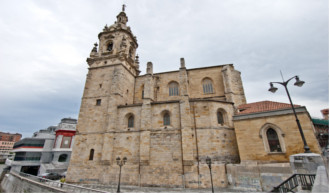 The Church of San Antón is a Catholic temple located in the Old Town neighbourhood of Bilbao, Spain. It is dedicated to Anthony the Great, known as San Antón in Spanish. It is featured, along with the San Antón Bridge, in the city’s coat of arms. The church was built at the end of the 15th century on a plot where there had been a years a warehouse for three hundred years. It is considered an asset of cultural interest since 17 July 1984, in the category “National Historic-Artistic Monument”. |
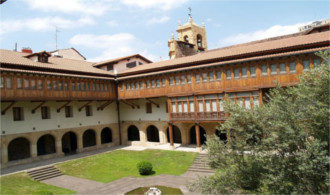 Diocesan Museum of Sacred Heart, their collection is not only an exhibition of undeniable historic and artistic value, but is a reflection of the religious experience of a people through artefacts created during a period of more than eight hundred years. |
|










